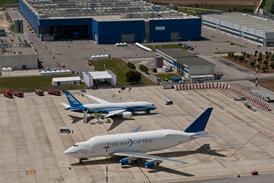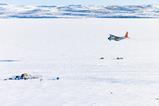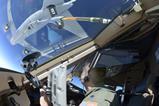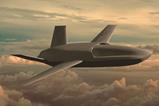Recent Chinese military drills around Taiwan saw a record-setting number of aircraft from the People’s Liberation Army Air Force (PLAAF) detected near the disputed island.
Taiwan’s defence ministry reports that 153 Chinese military aircraft were identified in airspace surrounding the island between 14 and 15 October. Of those, 111 crossed the so-called median line of the Taiwan Strait separating mainland China from the self-governing island that Beijing claims as its own.
Although specific details on aircraft types were not available in English, the figure is believed to be an all-time high for a single incident. The milestone highlights how drastically Beijing has increased military activity around Taiwan in just a few years.

By contrast, Beijing in 2022 sent 49 aircraft across the Taiwan Strait median line in response to an official visit by then-Speaker of the US House of Representatives Nancy Pelosi to Taipei, which was viewed by Beijing as highly provocative. That at the time represented one of China’s most-aggrieved mobilisations to date.
The latest activity more than doubled that figure from two years ago.
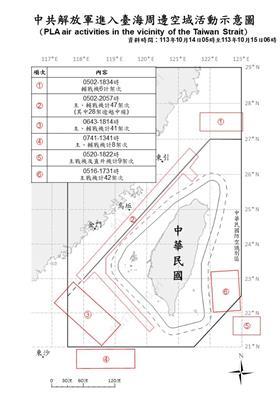
During the latest event, Taipei says the Chinese aircraft approached Taiwan from three sides, crossing into the island’s western, southwestern and eastern air defence interdiction zones.
“ROC armed forces have monitored the situation and employed [combat air patrol] aircraft, navy vessels and coastal missile systems in response to detected activities,” the defence ministry said on 15 October, using the acronym for Republic of China – the formal name for the Taiwan government.
The PLAAF activity around the island was part of a larger set of Chinese military drills called Joint Sword 2024B. China’s Eastern Theater Command announced the exercise on 14 October, saying the event would include forces from the ground, naval, air and rocket services operating “in the Taiwan Strait and areas to the north, south and east of Taiwan Island”.
The announcement on the PLA’s official English-language news website indicates the exercise objectives included sea-air combat readiness, assault on maritime and ground targets and “blockade on key ports and areas”.
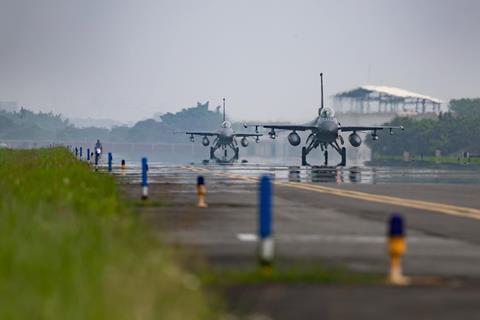
The Eastern Theater Command was more blunt, saying the effective encirclement of Taiwan was meant to discourage notions of Taiwanese independence and reinforce Beijing’s territorial claim over the island.
“The drill also serves as a stern warning to the separatist acts of ‘Taiwan independence’ forces,” it says. “It is a legitimate and necessary operation for safeguarding national sovereignty and national unity.”
In response, Taipei on 14 October described the exercise as an “irrational provocation” that “endangers the security situation in the Taiwan Strait” and will “further undermine the security situation in the Indo-Pacific region”.
Washington seconded that assessment, with the Pentagon on 14 October describing Joint Sword as a “military pressure operation” that was “irresponsible, disproportionate and destabilising”.
The USA is one of Taiwan’s most important backers, providing significant military and political support to the government in Taipei, despite not officially recognising the island as an independent state under the so-called “one China policy”.
Although Washington reiterated its commitment to that policy, the Pentagon says it will continue to work with allies and partners in the Indo-Pacific.





